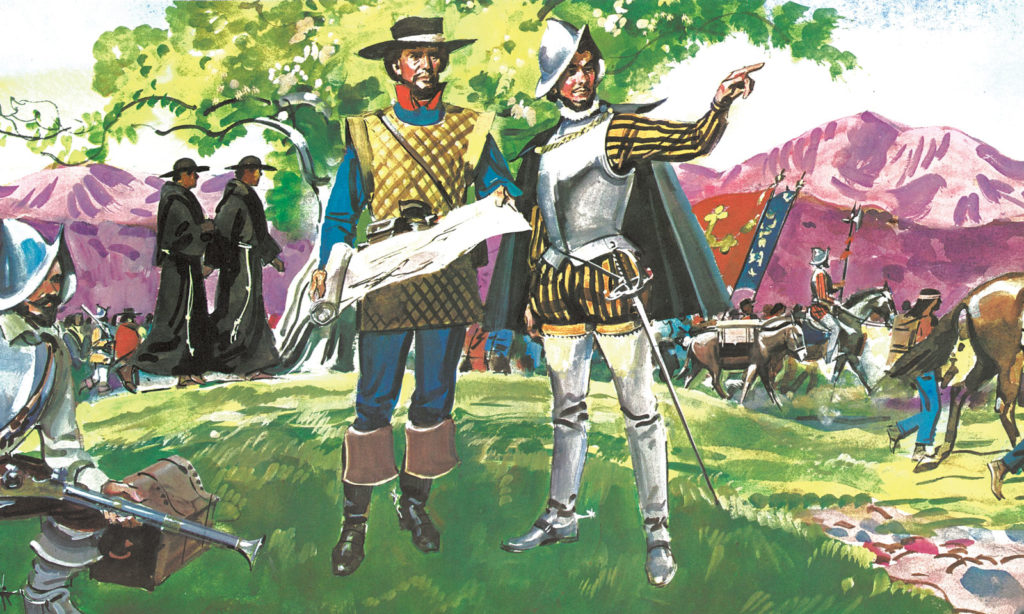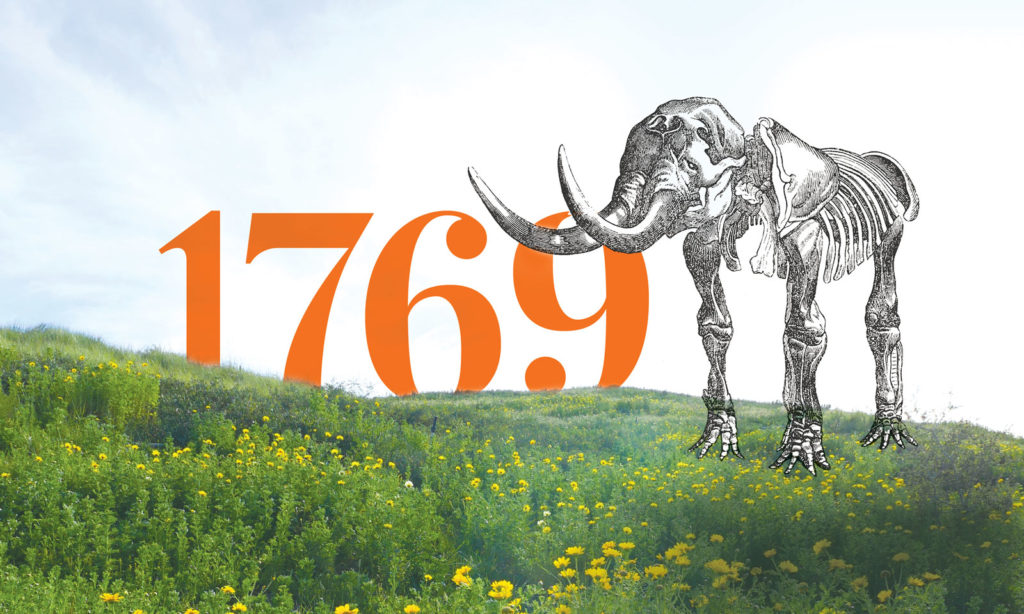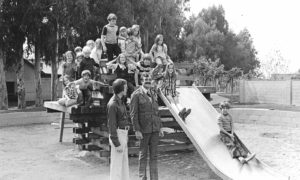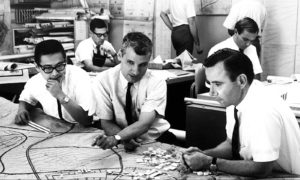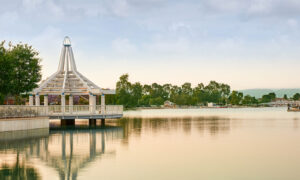Tracking the tooth, the tribes and the man who put ‘Portola’ in Portola Springs
BY TOM BERG
An Irvine hillside where mastodons once roamed, where Native Americans once lived, and where the first European explorer of California once camped will be given to the city this year for permanent preservation.
In all, more than 120 acres of Portola Springs — among the most historically significant land in Orange County — will be turned over to the city for public use.
A network of new walking trails will lead to the knoll where Spanish explorer Gaspar de Portolà camped during his 1769 expedition from Loreto, Mexico, to Monterey Bay.
And a new park will house artifacts taken from the hillside dating back more than 13,000 years.
Want to see the tusk of a mastodon? The toe of a giant ground sloth? Or tools that Native Americans used on these hills thousands of years ago?
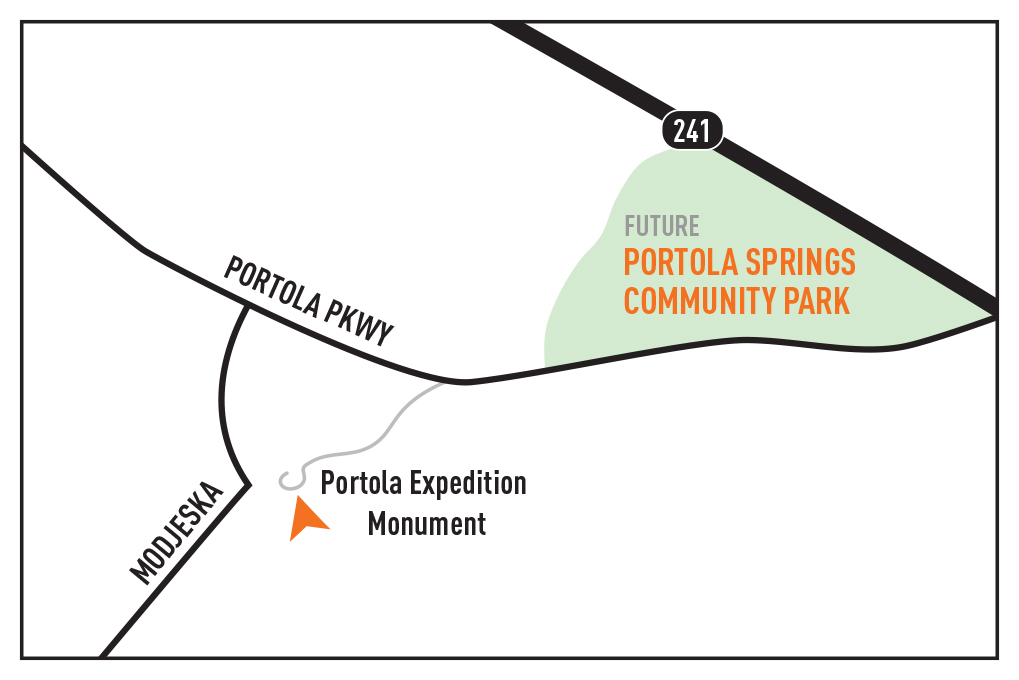
They will be showcased in the park’s new community center — along with other displays that paint a stunning portrait of life on these hills dating back 77 million years.
Archaeologists believe that Native Americans occupied those hills nearly continuously for more than 7,000 years. For that reason, tribal leaders asked landowner Irvine Company to preserve the site.
The company agreed, setting aside open space, trails, a park, a Native American room and Native American garden within 124 acres of rolling hills.
“I’ve been working for the preservation of cultural resources for over 20 years, and this was a first,” says Patricia Martz, Ph.D., president of the California Cultural Resource Preservation Alliance, which also asked to preserve the site. “I don’t know of any other collaboration like this between a landowner and Native Americans and my volunteer organization. It’s really wonderful.”
All this begs the question: Why were these foothills so inviting to so many for so long? The answer starts with a giant tooth.
Ice Age
The tooth, which will go on display in the Native American room later this year, belonged to a mastodon that roamed the hillside back in the Ice Age, more than 12,000 years ago.
Back then, these hills flowed with water. Their lush vegetation attracted massive herbivores like 12-ton mastodons and 4-ton giant ground sloths that constantly browsed on shrubs and leafy tree branches.
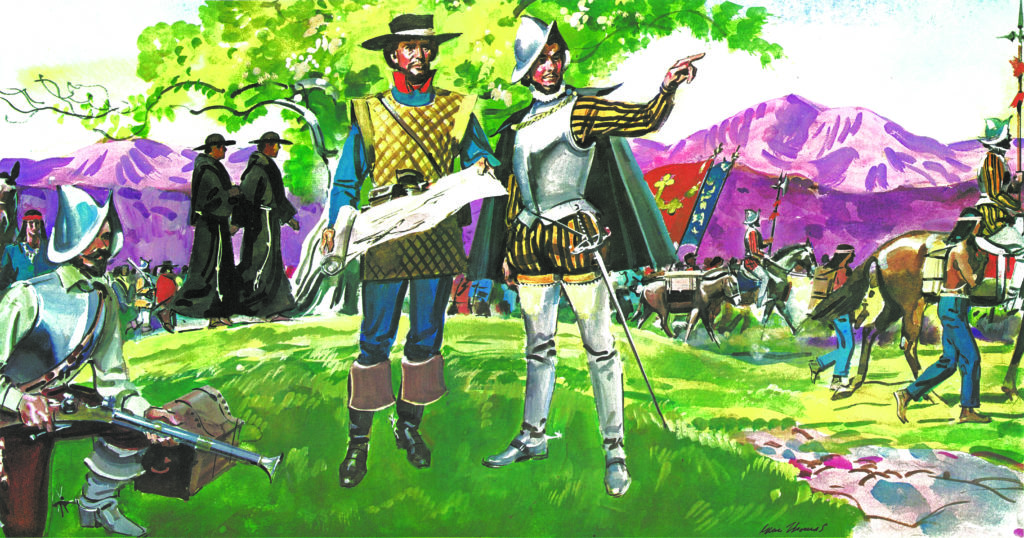
Flash forward a few thousand years and a new group occupied the high ground — Native Americans, who were attracted to the area for the same reason as those before them — water.
And something else.
Native Americans
Archaeologists have unearthed tools, weapons and grinding stones that indicate Native Americans occupied those hills for almost 10,000 years.
By this time, geological fissures had created a natural spring on the hillside providing a year-round source of fresh water. The hillside offered another advantage: a commanding view of the valley, from the ocean to the Santa Ana River.
From this perch, local tribes could scout game, watch the migration of waterfowl, and observe any movement around them — which they probably did in July 1769.
Portolà’s Expedition
By 1769, the Spanish were eager to establish a series of missions along the California coast.
That May, Gaspar de Portolà, the Governor of the Californias, led an expedition of 63 leather-clad soldiers and 100 pack mules from Mexico to Monterey Bay.
On July 26, according to an expedition journal, they camped on a lush hillside with fresh spring water for the men and mules. They named the spring El Aguage del Padre Gómez — later named Tomato Springs.
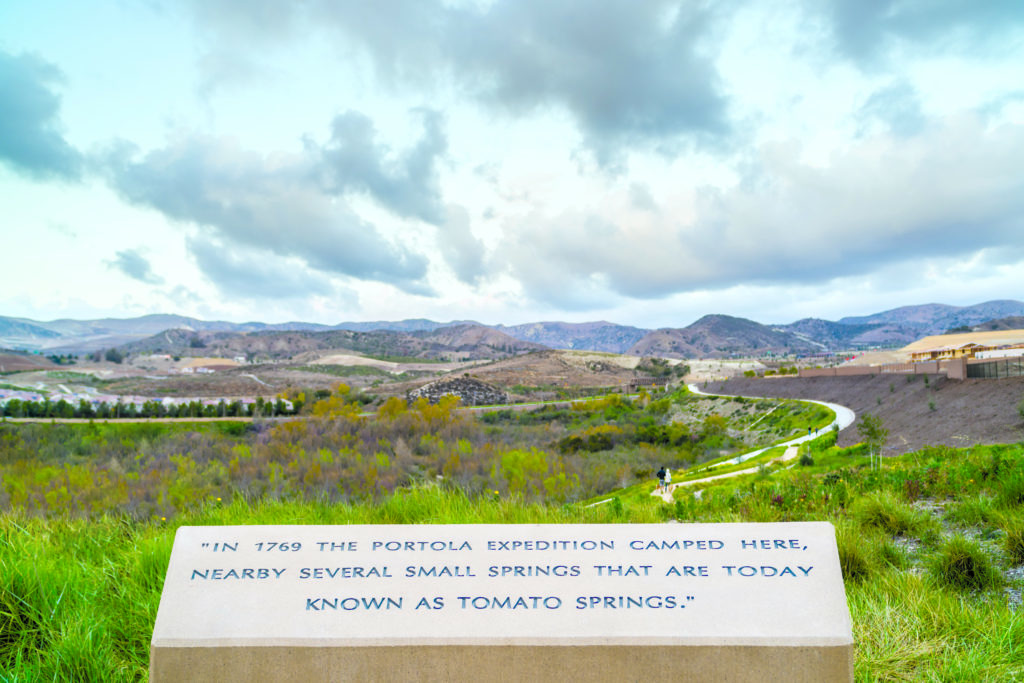
Today, Portolà’s campsite features a plaque and memorial to the first European explorer to pass through Orange County, and gives name to the surrounding village — Portola Springs.
Dedication
By year’s end, the city’s new trails, park, community center, Native American room and garden — with ocean views — should all be open to the public.
“I can tell you,” says Teresa M. Romero, chairwoman of the Juaneno Band of Mission Indians, Acjachemen Nation, “we are grateful to both the City of Irvine and the Irvine Company for their dedication to the preservation of our precious homelands that will benefit generations to come — not just for the descendants of the original caretakers of the land, but for the descendants of all.”

